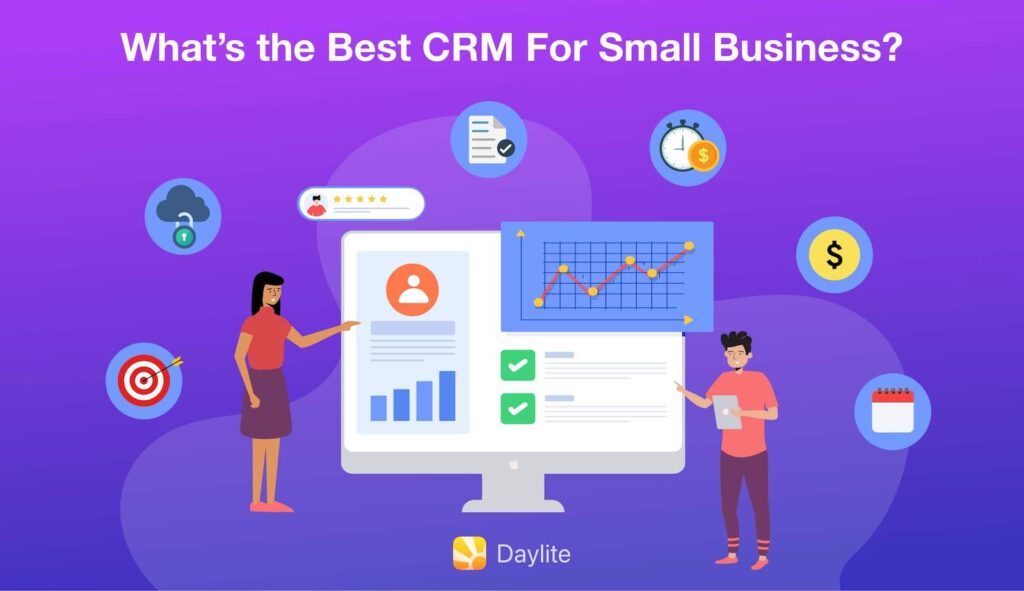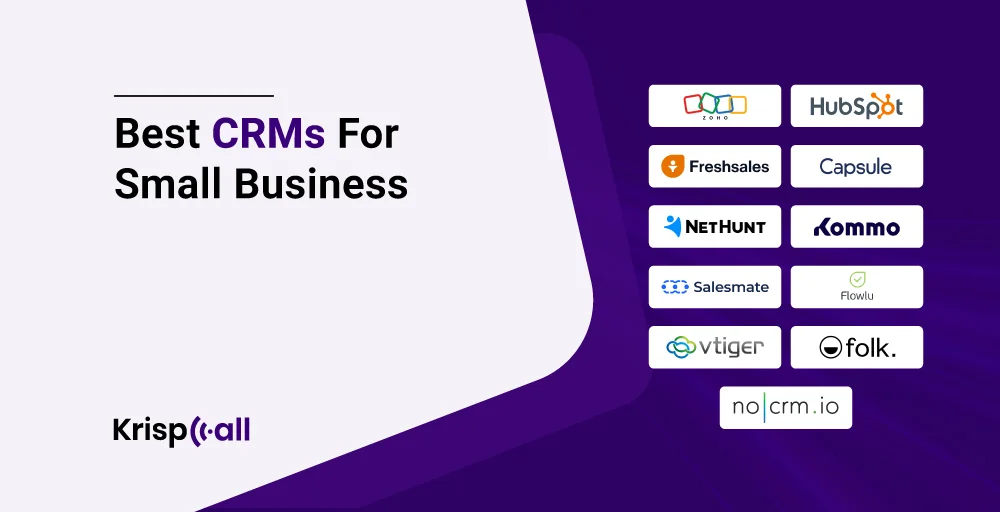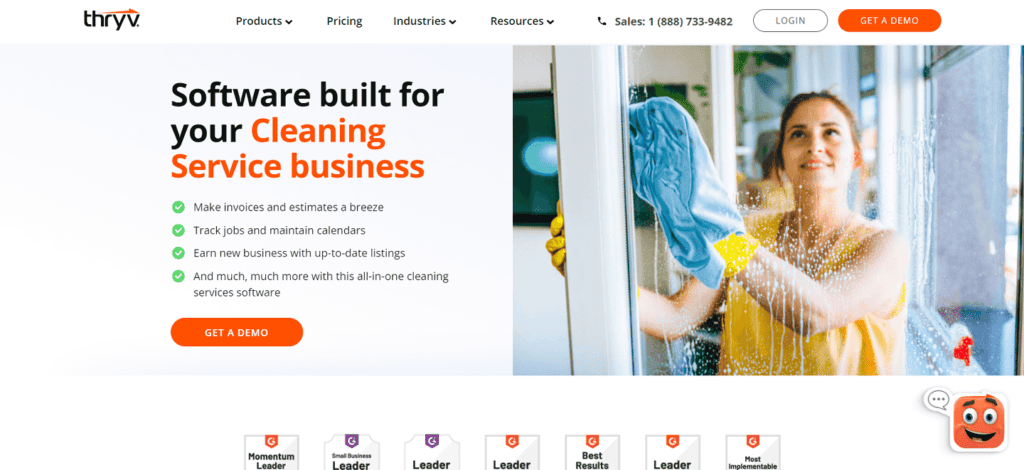
Introduction: The Small Business Innovation Imperative
In the dynamic world of entrepreneurship, small businesses are the engines of innovation. They’re nimble, adaptable, and often the first to spot emerging trends and unmet needs. However, fueling this innovation requires more than just a great idea; it demands a strategic approach to managing customer relationships. This is where Customer Relationship Management (CRM) systems step in, offering a powerful toolkit for small businesses eager to innovate and thrive.
CRM isn’t just about tracking leads or managing contacts; it’s about understanding your customers, anticipating their needs, and delivering exceptional experiences. This deep understanding is the bedrock upon which innovation is built. By leveraging CRM, small businesses can gather invaluable insights, streamline their operations, and ultimately, foster a culture of continuous improvement. This article delves into how CRM empowers small businesses to innovate, exploring its various facets and offering practical guidance for implementation.
What is CRM and Why Does it Matter for Innovation?
At its core, a CRM system is a technology that helps businesses manage their interactions with current and potential customers. It centralizes customer data, providing a 360-degree view of each customer’s journey. This data can include contact information, purchase history, communication logs, and preferences. The benefits of a well-implemented CRM system extend far beyond simple contact management.
For small businesses, CRM is a strategic asset that drives innovation in several key ways:
- Enhanced Customer Understanding: CRM provides a wealth of customer data, enabling businesses to understand their customers’ needs, preferences, and behaviors.
- Improved Customer Experience: By understanding customer interactions, businesses can personalize their interactions and provide more tailored experiences.
- Streamlined Processes: CRM automates repetitive tasks, freeing up valuable time for employees to focus on more strategic initiatives, like innovation.
- Data-Driven Decision Making: CRM provides valuable insights into sales, marketing, and customer service performance, enabling data-driven decision making.
- Increased Efficiency: By automating tasks and providing a centralized platform for customer information, CRM increases overall operational efficiency.
In essence, CRM acts as a catalyst for innovation by providing the necessary data, insights, and efficiency to understand customers and respond to their evolving needs. It’s no longer a luxury but a necessity for small businesses striving to stay ahead in today’s competitive landscape.
Key CRM Features that Drive Innovation in Small Businesses
A robust CRM system offers a range of features that directly contribute to a small business’s ability to innovate. These features work in concert to provide a holistic view of the customer and streamline critical business processes:
1. Contact Management and Lead Tracking
The foundation of any good CRM is its ability to manage contacts and track leads. This means storing detailed information about each customer, including their contact details, purchase history, and communication logs. More than just contact information, this includes lead scoring, which helps sales teams prioritize leads based on their likelihood of conversion. By effectively managing contacts and tracking leads, small businesses can nurture potential customers, personalize their interactions, and ultimately, drive sales.
2. Sales Automation
Sales automation streamlines the sales process by automating repetitive tasks such as email follow-ups, appointment scheduling, and quote generation. This frees up sales representatives to focus on building relationships with customers and closing deals. Sales automation also provides valuable insights into the sales pipeline, allowing businesses to identify bottlenecks and optimize their sales strategies. This increased efficiency allows sales teams to focus on innovation by spending less time on administrative tasks and more time on customer engagement and strategic planning.
3. Marketing Automation
Marketing automation tools within a CRM enable businesses to automate and personalize marketing campaigns. This includes sending targeted emails, creating automated workflows, and tracking marketing performance. By automating marketing tasks, small businesses can reach a wider audience, nurture leads, and drive conversions. Moreover, marketing automation provides valuable insights into which campaigns are most effective, allowing businesses to optimize their marketing efforts and drive innovation in their marketing strategies. This data-driven approach ensures that marketing dollars are spent wisely and that campaigns are tailored to resonate with the target audience.
4. Customer Service and Support
CRM systems often include features for managing customer service and support interactions. This includes tracking customer inquiries, providing self-service portals, and managing support tickets. By providing excellent customer service, small businesses can build strong customer relationships, increase customer loyalty, and gather valuable feedback for product development and innovation. This feedback loop is critical, as it provides direct insights into what customers want and need, driving product improvements and new product development. This customer-centric approach is a cornerstone of successful innovation.
5. Reporting and Analytics
CRM systems offer powerful reporting and analytics capabilities, allowing businesses to track key performance indicators (KPIs) and gain insights into their performance. This includes tracking sales performance, marketing campaign effectiveness, and customer satisfaction. By analyzing data, small businesses can identify trends, make data-driven decisions, and optimize their operations. These insights are crucial for identifying areas for improvement and driving innovation. The ability to analyze the data enables small businesses to understand what works and what doesn’t, fostering a culture of continuous improvement.
Choosing the Right CRM for Your Small Business
Selecting the right CRM system is crucial for maximizing its benefits. The best CRM for your business will depend on your specific needs, budget, and technical capabilities. Here are some key factors to consider when choosing a CRM:
1. Ease of Use
The CRM should be easy to use and intuitive, so employees can quickly learn how to use it and adopt it into their daily workflows. A complex or difficult-to-use CRM will hinder adoption and limit its effectiveness. Look for a user-friendly interface, clear instructions, and readily available support resources.
2. Features and Functionality
The CRM should offer the features and functionality you need to manage your customer relationships effectively. Consider your business goals, sales processes, and marketing strategies when evaluating different CRM systems. Ensure the system offers the core features you need, such as contact management, sales automation, and marketing automation.
3. Scalability
Choose a CRM that can scale with your business. As your business grows, your CRM needs will change. Ensure the CRM can handle your increasing data volume, user base, and feature requirements. Consider a CRM that offers different pricing tiers and add-on features to accommodate your evolving needs.
4. Integration
The CRM should integrate with your existing business systems, such as your email marketing platform, accounting software, and e-commerce platform. Integration ensures that data flows seamlessly between your different systems, eliminating the need for manual data entry and improving data accuracy. This allows for a more holistic view of the customer and streamlines business processes.
5. Cost
Consider the cost of the CRM, including the upfront costs, monthly subscription fees, and any additional costs for training or support. Compare the pricing of different CRM systems and choose one that fits your budget. Many CRM providers offer different pricing plans based on the number of users and features. Evaluate your needs and choose a plan that provides the features you need at a price you can afford.
6. Customer Support
Ensure the CRM provider offers excellent customer support. You’ll need help with implementation, training, and troubleshooting. Look for a provider that offers various support channels, such as email, phone, and online chat. Read reviews from other customers to assess the quality of the provider’s customer support.
Implementing a CRM System: Best Practices for Small Businesses
Implementing a CRM system successfully requires careful planning and execution. Here are some best practices to follow:
1. Define Your Goals
Before implementing a CRM, define your goals and objectives. What do you want to achieve with the CRM? Do you want to increase sales, improve customer satisfaction, or streamline your marketing efforts? Clearly defined goals will help you choose the right CRM and measure its success.
2. Plan Your Implementation
Create a detailed implementation plan. This should include a timeline, budget, and a list of tasks. Identify who will be responsible for each task and set realistic deadlines. Careful planning will help ensure a smooth and successful implementation.
3. Clean Your Data
Before migrating your data to the CRM, clean it up. Remove any duplicate records, outdated information, and inaccurate data. Clean data will ensure that your CRM is accurate and reliable. This includes standardizing data formats and ensuring consistency across all records.
4. Train Your Employees
Train your employees on how to use the CRM. Provide them with the necessary training and support to help them adopt the system. The success of your CRM depends on your employees’ ability to use it effectively. Offer ongoing training and support to ensure that your employees are using the CRM to its full potential.
5. Customize Your CRM
Customize your CRM to meet your specific business needs. Configure the system to match your sales processes, marketing strategies, and customer service workflows. Customization will help you get the most out of your CRM. This includes tailoring the system to your branding and specific industry requirements.
6. Monitor and Evaluate
Monitor and evaluate your CRM’s performance. Track key performance indicators (KPIs) and make adjustments as needed. Regularly review your CRM data to identify areas for improvement. This continuous monitoring will ensure that your CRM is delivering the desired results.
CRM and the Innovation Cycle: How CRM Fuels Creativity
CRM systems don’t just manage customer data; they actively contribute to the innovation cycle. By providing insights into customer behavior, preferences, and pain points, CRM empowers businesses to develop new products, services, and strategies that resonate with their target audience. Here’s how CRM drives innovation:
1. Identifying Customer Needs
CRM provides a wealth of data on customer needs and preferences. By analyzing this data, businesses can identify unmet needs and develop new products and services that address these needs. This includes analyzing customer feedback, purchase history, and support interactions to identify areas for improvement and innovation. CRM helps businesses move beyond assumptions and base their decisions on concrete customer data.
2. Gathering Customer Feedback
CRM systems often include features for gathering customer feedback, such as surveys, feedback forms, and social media monitoring. This feedback provides valuable insights into customer satisfaction, product usability, and areas for improvement. By actively soliciting and analyzing customer feedback, businesses can identify opportunities for innovation and continuously improve their products and services. This feedback loop is crucial for staying ahead of the competition and meeting the evolving needs of customers.
3. Testing and Iteration
CRM enables businesses to test and iterate on new products and services. By tracking customer behavior and gathering feedback, businesses can quickly identify what works and what doesn’t. This iterative approach allows businesses to refine their offerings and continuously improve their products and services. CRM facilitates the process of experimentation and learning, allowing businesses to adapt quickly to changing market conditions.
4. Personalization and Customization
CRM allows businesses to personalize their offerings and tailor them to individual customer needs. This can include customizing products, services, or marketing messages to resonate with specific customer segments. By personalizing their offerings, businesses can create a more engaging customer experience and increase customer loyalty. This level of customization is a key driver of innovation, as it allows businesses to create unique and differentiated offerings.
5. Fostering a Culture of Innovation
By providing a centralized platform for customer data and insights, CRM fosters a culture of innovation within the organization. By making customer data accessible to all employees, CRM empowers everyone to contribute to the innovation process. This includes sales, marketing, customer service, and product development teams. This collaborative approach encourages employees to think creatively and identify new opportunities for innovation.
Examples of Small Businesses Innovating with CRM
Numerous small businesses are leveraging CRM to drive innovation and achieve remarkable results. Here are a few examples:
1. E-commerce Businesses
E-commerce businesses use CRM to personalize the customer experience, provide targeted product recommendations, and improve customer service. By analyzing customer purchase history and browsing behavior, these businesses can offer personalized product recommendations, send targeted email campaigns, and provide proactive customer support. This personalized approach increases customer engagement, drives sales, and builds customer loyalty.
2. Service-Based Businesses
Service-based businesses use CRM to manage customer relationships, track project progress, and provide excellent customer service. By centralizing customer data and streamlining their workflows, these businesses can improve their efficiency, reduce costs, and deliver exceptional customer experiences. This includes using CRM to manage appointments, track project timelines, and provide personalized customer support.
3. Software as a Service (SaaS) Companies
SaaS companies use CRM to manage leads, onboard new customers, and provide ongoing customer support. By tracking customer usage data and gathering customer feedback, these businesses can identify opportunities for product improvement and innovation. This includes using CRM to monitor customer engagement, track feature usage, and gather customer feedback through surveys and in-app messaging.
4. Retail Businesses
Retail businesses use CRM to personalize the shopping experience, offer loyalty programs, and provide targeted marketing campaigns. By collecting customer data at the point of sale and through online interactions, these businesses can gain valuable insights into customer preferences and behaviors. This data can be used to create personalized promotions, offer loyalty rewards, and improve the overall customer experience.
Conclusion: Embracing CRM for a Future of Innovation
In conclusion, CRM is a powerful tool that empowers small businesses to innovate, improve customer relationships, and drive growth. By understanding the benefits of CRM, choosing the right system, and implementing it effectively, small businesses can unlock their full potential and achieve lasting success. As the business landscape continues to evolve, embracing CRM is no longer an option; it’s a necessity for businesses that want to stay ahead of the curve and thrive in a competitive market. The ability to understand and respond to customer needs is the key to unlocking innovation and ensuring a bright future for any small business.

